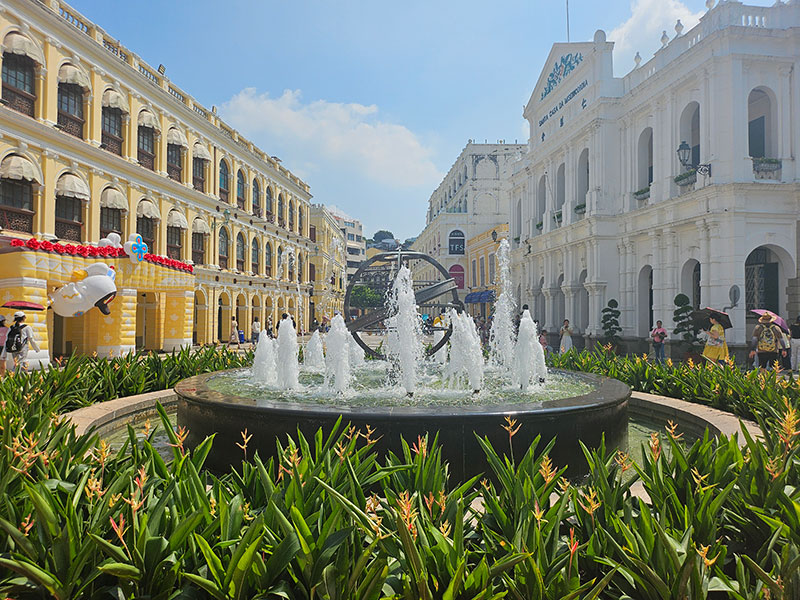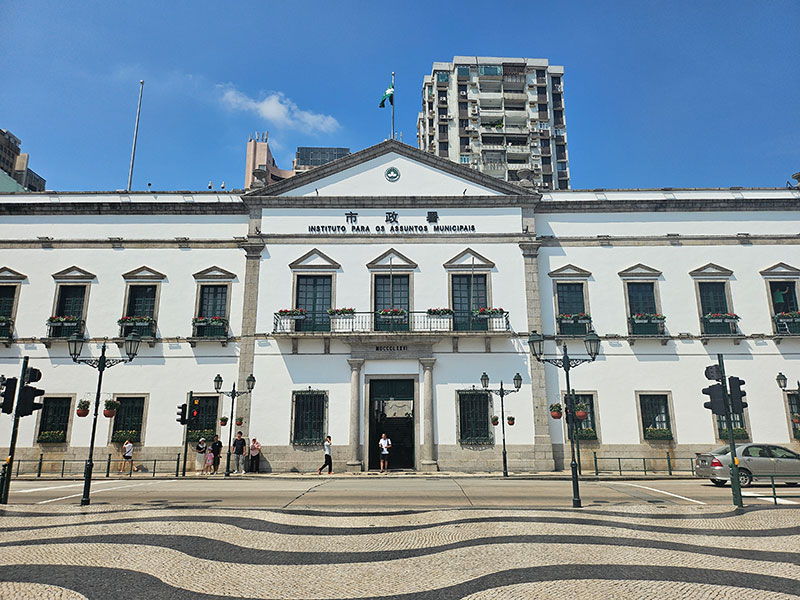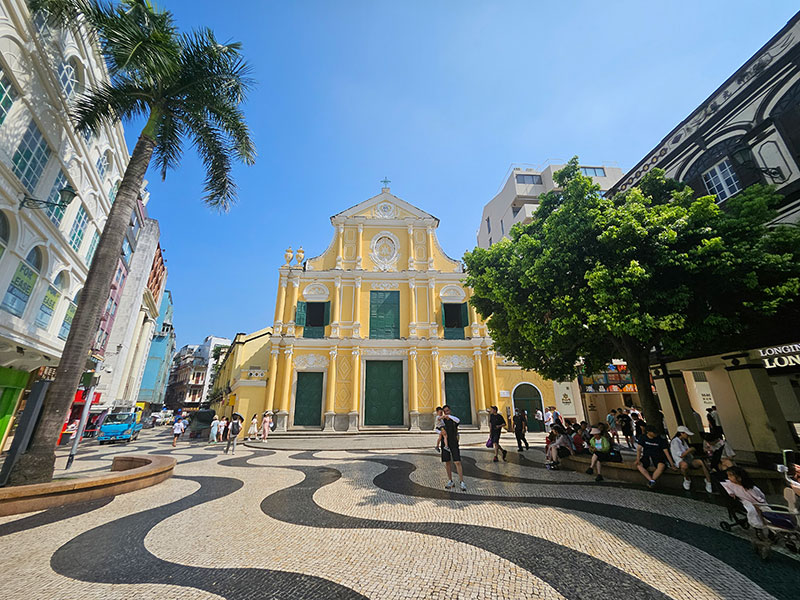Located at the intersection of Macau's centuries-old cultural and commercial veins, M8 is surrounded by eight UNESCO World Heritage sites within a radius of over one hundred meters, possessing world-class cultural and commercial significance.
CULTURE
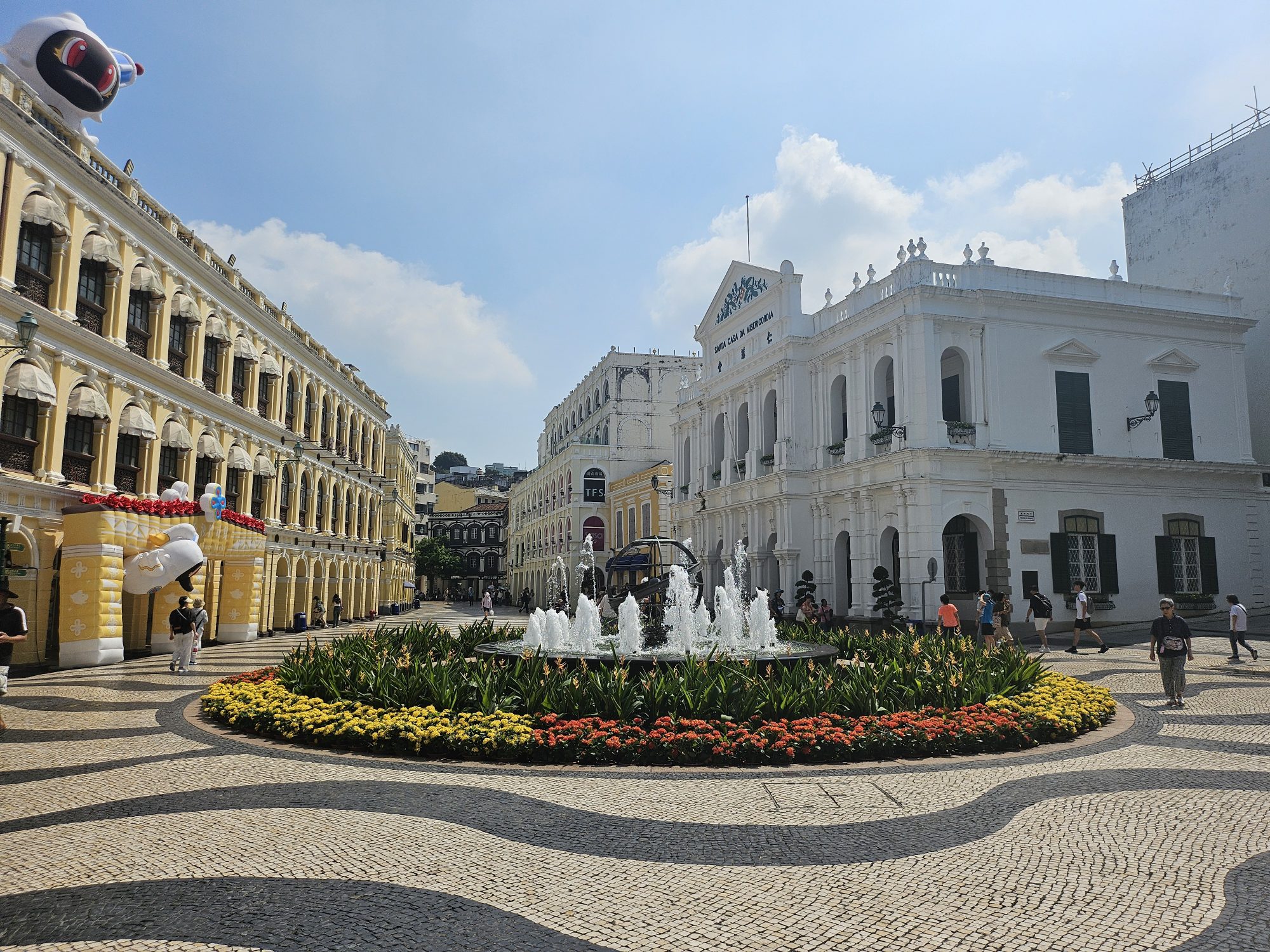
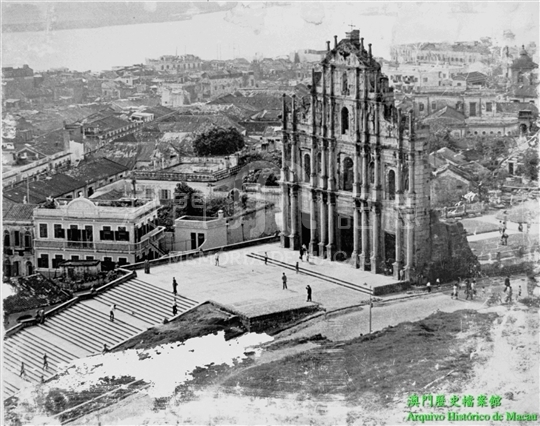
From A-Ma Temple to Senado Square and then to Ruins of St. Paul's, this route establishes the unchanged urban context of Macau for centuries. Over 400 years of blending Portuguese and Chinese cultures have given birth to 30 world cultural heritage sites. Once a gathering place for Chinese and Portuguese residents, it now attracts tourists from around the world.
M8 is situated at the heart of this Macau context, towering over Senado Square, overlooking the ever-changing landscape of Macau.
1. A-Ma Temple: Located approximately 1.3 kilometers from M8, it is the oldest surviving temple in Macau. It is believed that the Portuguese mistakenly used its sound “MACAU” to refer to the name of Macau.
2. Senado Square: Located approximately 50 meters from M8, it is the square in front of Leal Senado (formerly the Municipal Council of Macau). Popularly known as the “Fountain Square,” it has remained the unchanged city center of Macau since its establishment and serves as the cultural and commercial hub of Macau. It is also the main entrance to the Ruins of St. Paul’s.
3. Ruins of St. Paul’s: Located approximately 700 meters from M8, it was built in 1602 and was once the largest Catholic church in the East – St. Paul’s Church. Despite being destroyed by fire in 1835, its facade remains standing and has become a symbol of Macau today.
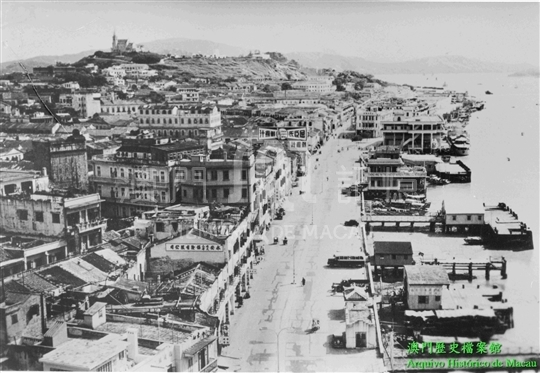
From the main street of the Rua Dos Mercadores, to Rua Central and Avenida de Almeida Ribeiro, centuries of intermingling between Chinese and Western cultures, bustling crowds, have shaped Macau's premier business district—the Senado Square District. This area has witnessed the creation of numerous "firsts" in Macau's commercial history, and remains the most valuable commercial hub in Macau today.
1. Rua dos Mercadores: Located approximately 150 meters from M8, it was the commercial center of Macau during the 16th to 18th centuries. At that time, this area was a coastal zone where Portuguese traders conducted business, giving rise to the first commercial street in Macau known as “Rua de Macau” (which later evolved into Rua dos Mercadores).
2. Rua Central: Located approximately 30 meters from M8, it was the commercial center of Macau in the 19th century. Its Portuguese name, Rua Central, made it the preferred location for business activities at that time.
3. Avenida Almeida Ribeiro: Located approximately 20 meters from M8, it became the commercial center of Macau in the 20th and 21st centuries. It was straightened and completed in 1918, witnessing the bustling commercial prosperity of Macau over the past century.

8 Surrounding UNESCO World Heritage Sites around M8
